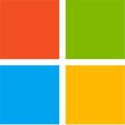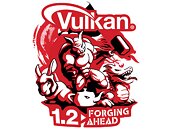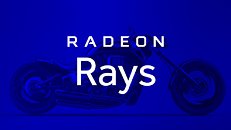Khronos Announces the Vulkan 1.4 Graphics API
Today, the Khronos Group, an open consortium of industry-leading companies dedicated to creating advanced interoperability standards, has announced the release of Vulkan 1.4, the latest version of its cross-platform 3D graphics and compute API. Vulkan 1.4 integrates and mandates support for many proven features into its core specification, expanding the functionality that is consistently available to developers, greatly simplifying application development and deployment across multiple platforms.
"Vulkan 1.4 is a developer-driven update that enhances Vulkan's value as a stable, reliable framework for creating graphics-intensive applications on any platform," said Tom Olson, outgoing Vulkan Working Group Chair. "As I step down, I'm proud to see the groundwork we've laid through our roadmaps come to fruition. Our roadmap milestone plans have empowered developers with new levels of flexibility and performance, setting Vulkan on a path for continued innovation and broader adoption in the years to come."
"Vulkan 1.4 is a developer-driven update that enhances Vulkan's value as a stable, reliable framework for creating graphics-intensive applications on any platform," said Tom Olson, outgoing Vulkan Working Group Chair. "As I step down, I'm proud to see the groundwork we've laid through our roadmaps come to fruition. Our roadmap milestone plans have empowered developers with new levels of flexibility and performance, setting Vulkan on a path for continued innovation and broader adoption in the years to come."
















































